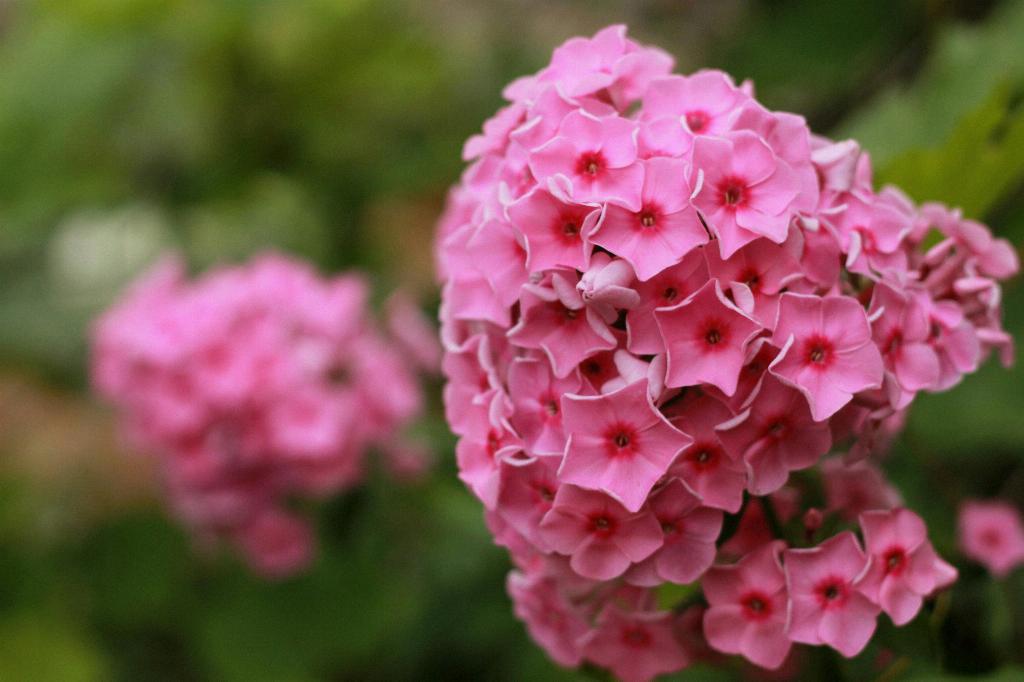Phlox, with its vibrant blooms and abundant foliage, is a popular choice for many gardeners looking to add a splash of color to their outdoor spaces. As the seasons change and the weather shifts, it’s important to know when and how to properly care for your phlox plants in order to ensure their health and longevity.
Late Autumn Withering
One key factor to consider when deciding when to cut back your phlox is the state of the stems. After the stems of larger species have completely withered in late autumn, it is generally safe to trim them back. However, it’s important to weigh the benefits of cutting them back immediately versus leaving them in place over the winter.
Winter Shelter for Insects
Leaving the dead stems of your phlox plants in place over the winter can provide valuable shelter for many beneficial insects. These insects play a crucial role in maintaining the overall health of your garden ecosystem, so by waiting to trim back the phlox until spring, you are providing a safe haven for these important creatures.
Spring Trimming
While leaving the dead stems in place over the winter can benefit insects, it is important to schedule a spring trimming session just before new shoots begin to appear. Trimming back the old growth at this time allows the new growth to thrive unimpeded, ensuring a healthy and robust display of blooms in the coming season.
Pruning Techniques
When it comes to pruning phlox, there are a few key techniques to keep in mind. Deadheading flowers, for example, is a useful practice that involves removing spent blooms to encourage the plant to produce new flowers. This not only keeps your phlox looking tidy but also promotes continuous blooming throughout the season.
Proper Maintenance
Proper maintenance of your phlox plants is essential to their overall health and longevity. By staying attuned to the natural rhythms of the plant and knowing when to cut back old growth, you can help ensure that your phlox will continue to flourish year after year.
Signs of Overgrowth
One common sign that your phlox may need to be cut back is overgrowth. If your plants are becoming crowded or tangled, it may be time to trim them back to allow for better air circulation and light penetration. This can help prevent issues such as mold and mildew, which thrive in damp, crowded conditions.
Thinning Out
Thinning out your phlox plants can also help promote healthier growth and prevent disease. By selectively trimming back certain stems or branches, you can encourage the plant to focus its energy on producing new growth in the areas that need it most, resulting in a more balanced and vigorous plant overall.
Consulting Resources
If you’re unsure about the best practices for cutting back your phlox plants, don’t hesitate to consult resources such as gardening magazines or online articles. These sources can provide valuable insights and tips to help you make informed decisions about the care and maintenance of your phlox.
Personal Observation
Lastly, don’t underestimate the power of personal observation when it comes to caring for your phlox. By taking the time to closely monitor the growth and development of your plants throughout the seasons, you can learn to recognize the signs that indicate when it’s time to trim back old growth or make other adjustments to promote optimal plant health.
Conclusion
In conclusion, knowing when to cut back phlox is an essential part of maintaining a healthy and thriving garden. By following the natural rhythms of the plant, consulting resources for guidance, and staying attuned to the needs of your specific phlox variety, you can ensure that your plants will continue to delight you with their beauty for years to come.

